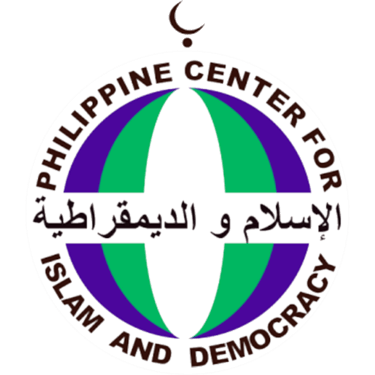NewsUrban Planning in Conflict-Affected Areas with Special Focus on Taluksangay, Zamboanga

The speaker, Dr. David Yap of the UP School of Urban and Regional Planning, delivered a lecture on Urban Planning in Conflict-Affected Areas with special focus on Taluksangay, Zamboanga. The study was conducted in 1998 which was then supported by the Japan Foundation. Dr. Yap and his team answered the research question, how Islam affected the settlement pattern in Taluksangay, Zamboanga. The research was then submitted to NCCA, as part of its journal publication that aimed to look at settlement patterns in Islam communities to recommend sustainable development.
Taluksangay is in the southern tip of the Zamboanga peninsula. As reported, it is a coastal community with population density of 233 persons per square hectare and has seaweed farming as its top source of income. However, due to the presence of factories in the area, the quality of harvested seaweed declined. The ethnic group Sama-Bangingi comprised about 70% of the population. The research team conducted a survey on 30% of the population; afterwards the data was filtered into a focus group discussion.
Upon empirical observation, Dr. Yap described Taluksangay as a coastal community and he was curious on why the population, especially the Badjaus build their houses offshore. The reason provided by the research team pertained to folk culture, or folk Islam, as opposed to the codified practices of Islam. As with the Christian practices in building a house, folk Islam also has its own set of practices (e.g. hanging a bottle of water vertical to the ground and if it moves overnight, would be an indication of evil spirit / “saytan” presence).
Open Forum
Taluksangay had welcomed evacuees, roughly 200-300 families. These families had brought in influences to the Islamic architecture. It developed into a well-planned housing and urban planning similar to the ones in Christian communities. While bringing in positive input to the communities, natural resources become abused and depleted. The important question to ask is how to accommodate the evacuees without stressing the community’s resources.
Muslim communities are the most prone to both nature and human-induced disasters and so it is fitting to allocate post-resettlement programs e.g. livelihood, not only housing but complete development program to affected families. The development of disaster/conflict-affected areas must be LGU-led. However, LGUs themselves can cause the delay on the distribution of goods and services.
In the metropolitan such as Montalban and neighboring areas, there are no specific programs for informal settlers—largely comprised of Muslim Filipinos—who are either brought in by natural disasters or internal migration. The existing policy of DSWD allows providing shelter through the bayanihan system, however, it is not realized in most of the time. The informal settlers, referred to for some negative connotations such as “slum” and “garbage” are shunned from by receiving LGUs. Receiving LGUs refuse to accommodate refugees from sending municipalities. The phenomenon, which is supposed to be an issue of internal migration, thus falls under the jurisdiction of the LGUs.
